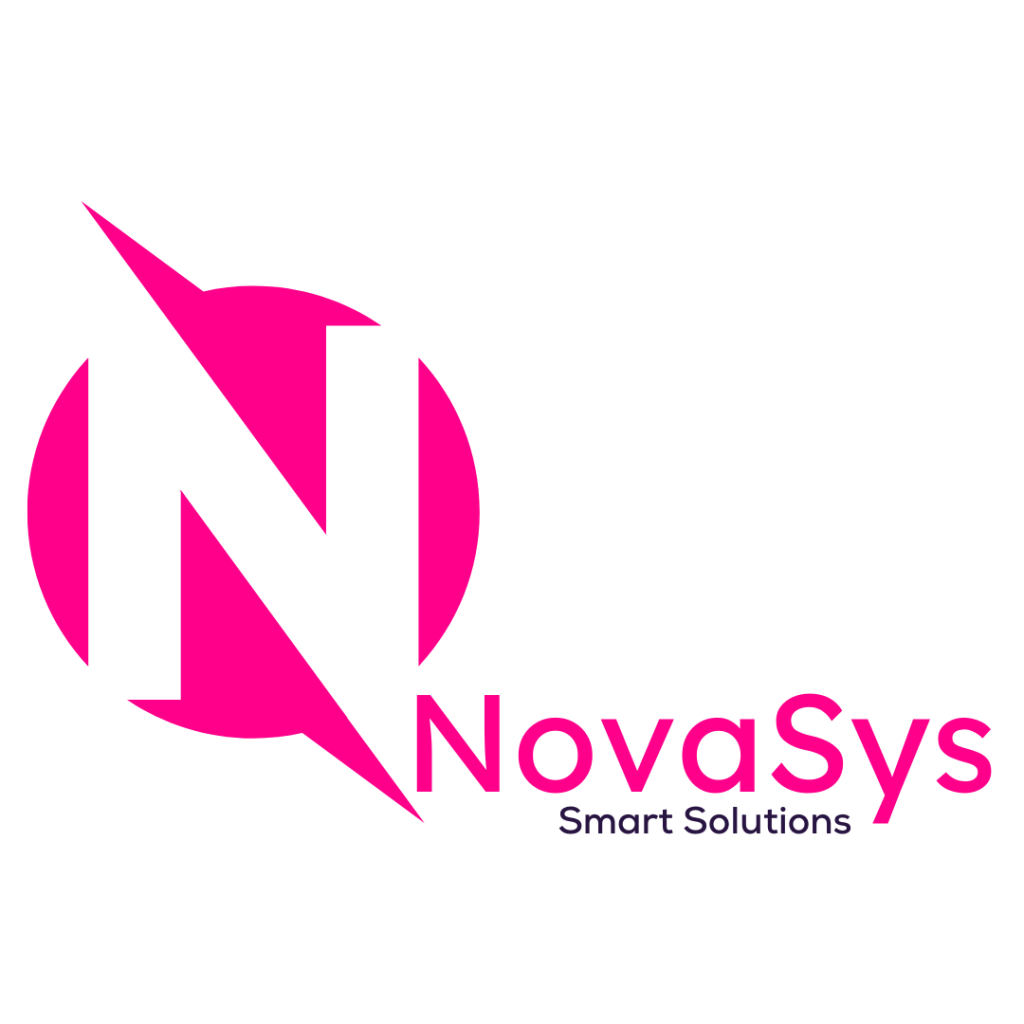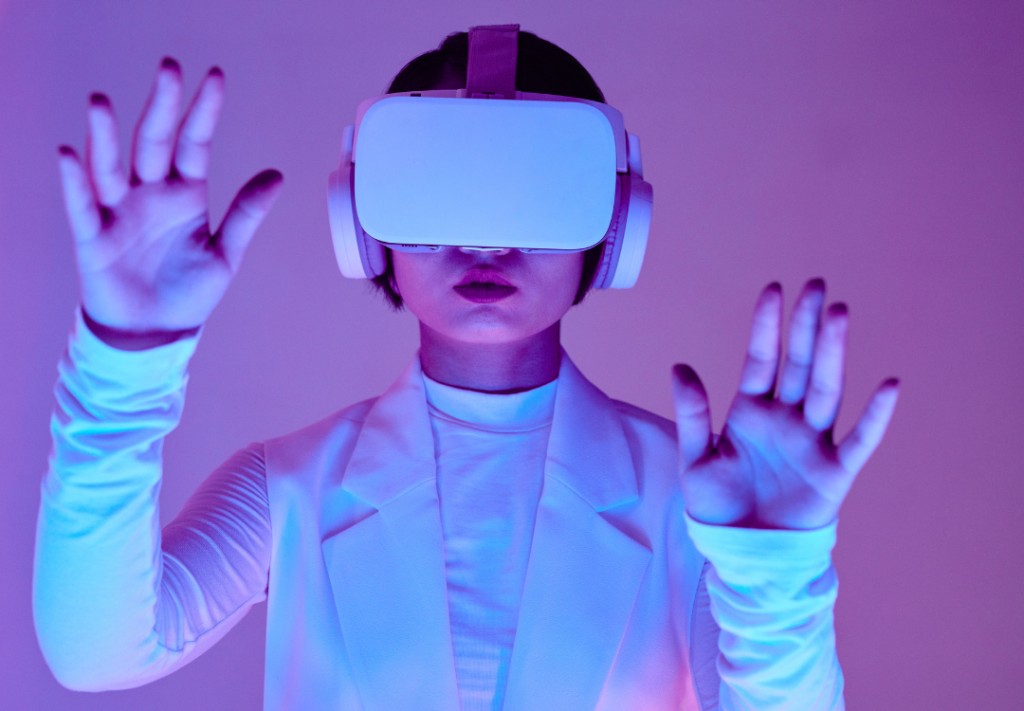AR glasses will become a mainstream device, transforming how we interact with the world. These glasses will seamlessly blend the digital and physical worlds, offering a new level of interaction and immersion. Whether for work, education, or entertainment, AR glasses will enhance communication, productivity, and learning, all while becoming an indispensable part of daily life.
AR Glasses for Communication
In 2025, AR glasses will revolutionize the way we communicate. Current communication tools, such as smartphones and video conferencing, already allow for remote communication, but AR glasses will take it a step further. Through live translation features, holographic displays, and immersive video calls, AR glasses will make long-distance communication feel more personal and real-time.
For example, imagine being able to have a virtual meeting where participants are represented as holograms in your living room. AR glasses will overlay 3D representations of people, allowing you to interact with them as if they were physically present. The glasses will also have facial recognition features, identifying the people in your environment and providing contextually relevant information, such as names and professional titles, directly in your field of vision.
In addition, AR glasses will incorporate real-time translation and transcription services, breaking down language barriers and enhancing cross-cultural communication. This will be especially beneficial in business environments, allowing companies to collaborate globally without the constraints of language or geography.
AR Glasses in Productivity and Workspaces
AR glasses will also become powerful productivity tools, especially in industries that require hands-on work. For example, in manufacturing or repair industries, AR glasses will provide workers with step-by-step instructions, real-time data, and even remote assistance. A technician repairing a machine could see overlays of diagnostic information and instructions on how to fix a problem without having to look down at a manual or phone screen. This will not only improve efficiency but also reduce errors and enhance safety.
In creative industries like design, architecture, and engineering, AR glasses will allow users to visualize 3D models in real space. Designers will be able to walk around a virtual prototype, seeing how it would look in a real environment and making adjustments in real-time. For architects, this could mean visualizing buildings and infrastructure in full-scale AR before any physical construction begins, reducing the risk of costly mistakes.
Applications in Education and Learning
Education will also be transformed by AR glasses. By 2025, AR will be widely used in schools and universities to create more interactive and immersive learning experiences. For example, history students might be able to “walk through” ancient civilizations, experiencing history firsthand. Biology students could visualize the inner workings of the human body in 3D, allowing them to explore complex concepts in a more tangible way.
Additionally, AR glasses will provide real-time feedback during practical learning experiences. Medical students, for example, could use AR glasses to practice surgery in a simulated environment, receiving guidance and corrections as they go along. This will significantly improve skill acquisition and retention.
Market Growth and Statistics
The global market for AR glasses is expected to grow significantly over the next several years. According to a report by Statista, the AR/VR market size is projected to reach $209.2 billion by 2025. This growth will be fueled by advances in AR hardware and software, as well as increasing adoption across various industries.
The enterprise market for AR glasses is expected to see rapid growth, with companies like Microsoft and Magic Leap already leading the way in developing AR solutions for business applications. The consumer market, while still in its infancy, will also expand as AR glasses become more affordable and practical for everyday use.

